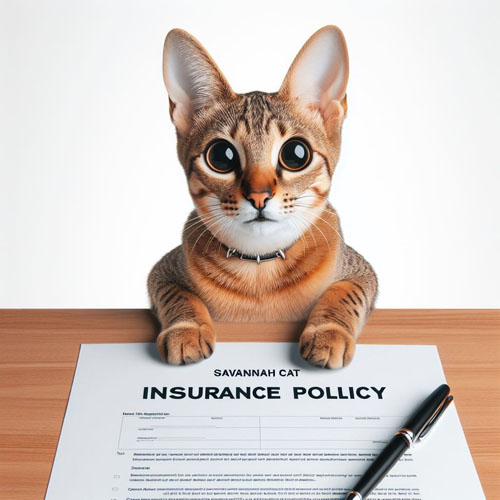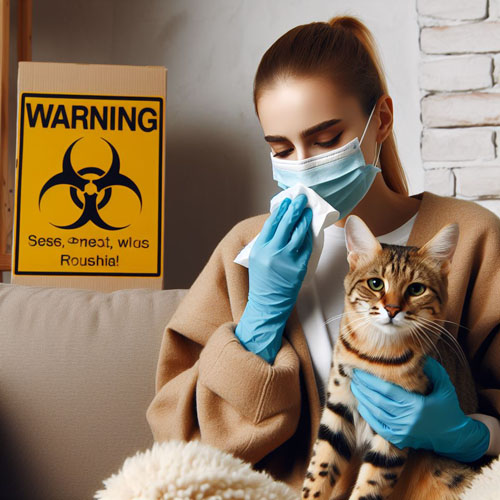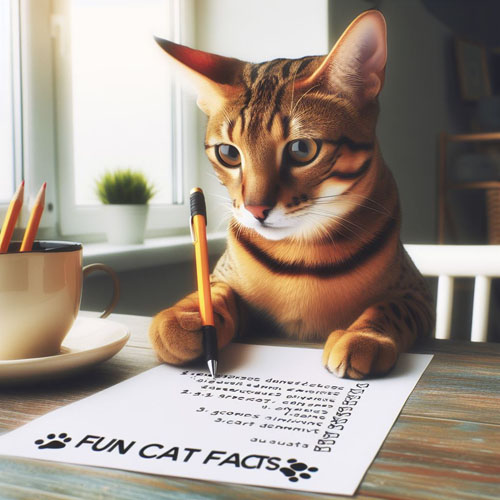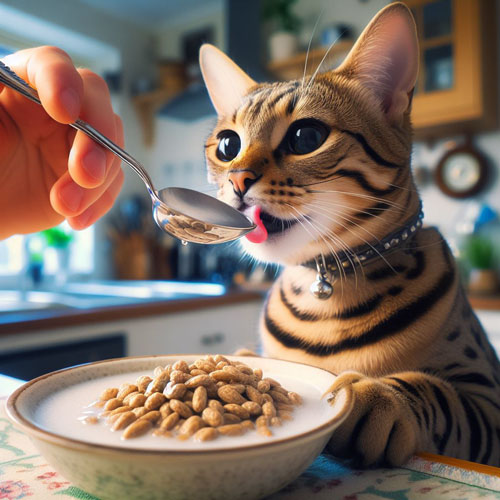Why Do Cat Have Saggy Bellies
Cats are known for their graceful and agile movements, captivating us with their mesmerizing eyes and soft fur. However, one peculiar feature that often catches our attention is their saggy bellies. It may leave us wondering, why do cats have saggy bellies? Is there a scientific explanation behind this captivating phenomenon?
Firstly, it is essential to understand that not all cats have saggy bellies. It primarily depends on the breed, age, and overall health of the feline. However, it is not uncommon to come across felines with loose skin around their abdominal area. So, what could be the reasons behind these saggy bellies?
One significant factor that contributes to saggy bellies in cats is weight loss or gain. Just like humans, cats can also experience fluctuations in their weight due to various factors such as diet, exercise, age, and health conditions. If a cat loses a substantial amount of weight, the skin around its belly may not retract fully, resulting in a saggy appearance. Similarly, abrupt weight gain can stretch the skin, causing it to become loose and saggy.
Another reason for saggy bellies in cats is related to pregnancy and childbirth. Female cats, or queens, go through a remarkable transformation during pregnancy. Their bodies adapt to accommodate the growing litter of kittens, causing the skin around their bellies to stretch. After giving birth, the skin may not fully recover its previous firmness, resulting in a saggy belly.
Age is also a factor that contributes to saggy bellies in felines. As cats grow older, their bodies undergo various changes, including a loss of muscle mass and a reduction in skin elasticity. These natural aging processes can lead to a saggy appearance in their abdominal area.
Furthermore, certain health conditions can affect the firmness of a cat’s belly. For instance, some cats may develop abdominal hernias, which can result in the protrusion of abdominal organs and cause the belly to appear saggy. Other health conditions such as fluid retention or bloating can also cause temporary sagging in a cat’s belly.
While saggy bellies in cats are generally harmless and often a natural part of their physiology, it is essential to be mindful of any drastic changes in your pet’s appearance. If you notice sudden and significant weight loss or gain, it is advisable to consult a veterinarian to rule out any underlying health issues.
In conclusion, saggy bellies in cats are a common occurrence, influenced by factors such as weight loss or gain, pregnancy and childbirth, age-related changes, and certain health conditions. While it may be intriguing to observe, it is crucial to monitor any significant changes in your feline companion’s appearance, ensuring their overall health and well-being. So, the next time you spot a cat with a saggy belly, remember that it is most likely a result of a fascinating combination of genetics and individual factors unique to that feline.





